NASA Races Against Time to Fix Europa Clipper’s Ability to Survive Jupiter’s Harsh Radiation
NASA’s Europa Clipper mission is set to explore Jupiter’s moon, Europa, but faces new hurdles. The spacecraft’s transistors, vital for its operations, may not withstand the intense radiation.
This discovery has sparked a race against time to ensure the mission’s success.
Radiation: The Hidden Danger in Space Exploration
Radiation in space is a formidable challenge, especially around Jupiter. Europa Clipper’s mission is to dive into this radioactive environment to study Europa’s potential for life.
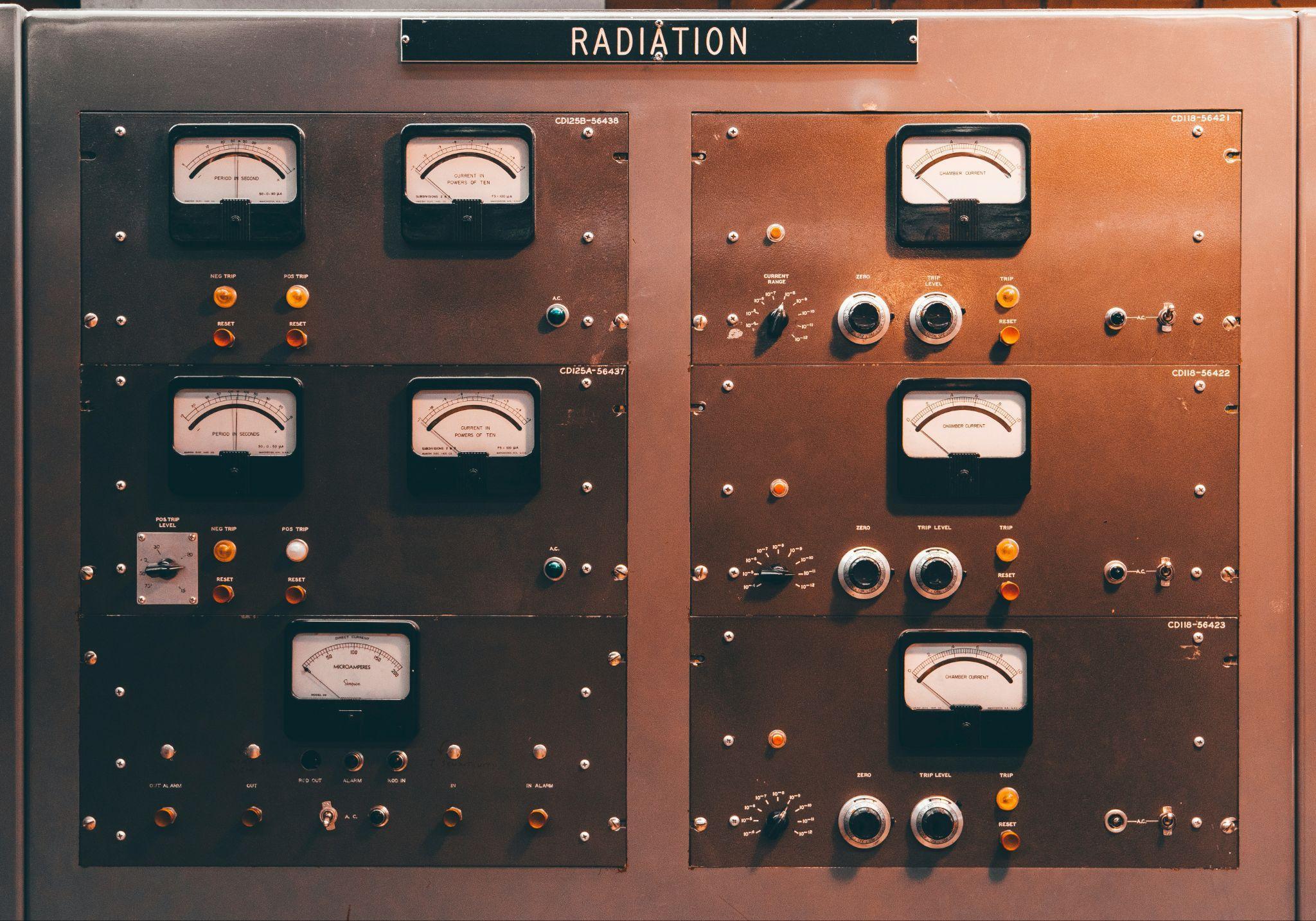
Source: Dan Meyers/Unsplash
However, recent tests reveal that its radiation-resistant transistors might fail prematurely.
The Importance of MOSFETs in Spacecraft Electronics
Metal-oxide-semiconductor field-effect transistors (MOSFETs) are critical for the spacecraft’s electronics.

Source: Wikimedia
Unfortunately, these components, manufactured by Infineon Technologies, failed under lower-than-expected radiation levels, raising concerns about their reliability.
Discovery of the Flaw
On May 3, 2024, engineers at NASA’s Jet Propulsion Laboratory learned from a non-NASA customer about the MOSFETs’ failures.
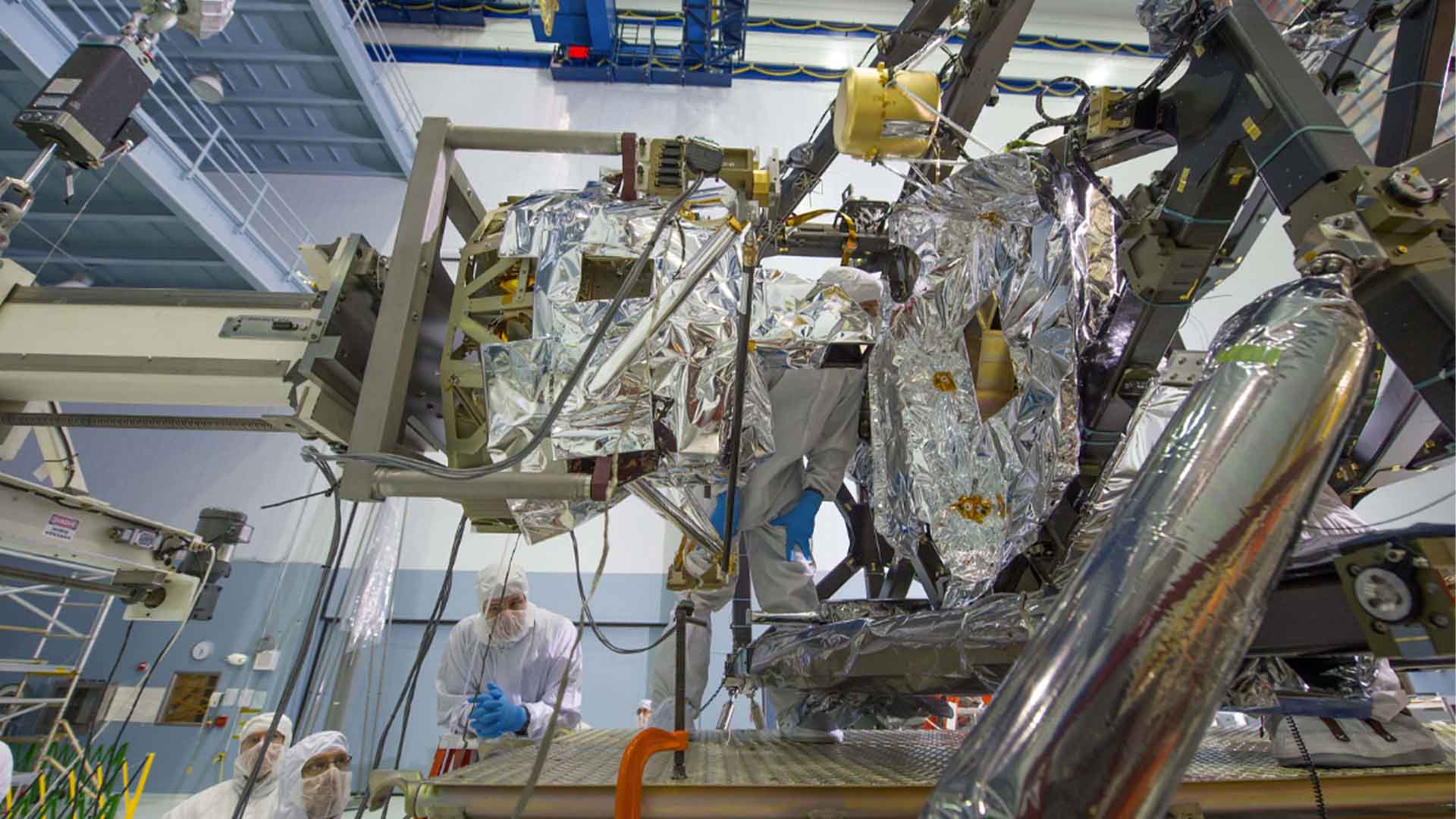
Source: NASA
This discovery prompted immediate action to assess the impact on the Europa Clipper mission.
Understanding the Radiation Environment Around Jupiter
Jupiter’s radiation belt is over 50 times more radioactive than Earth’s environment.
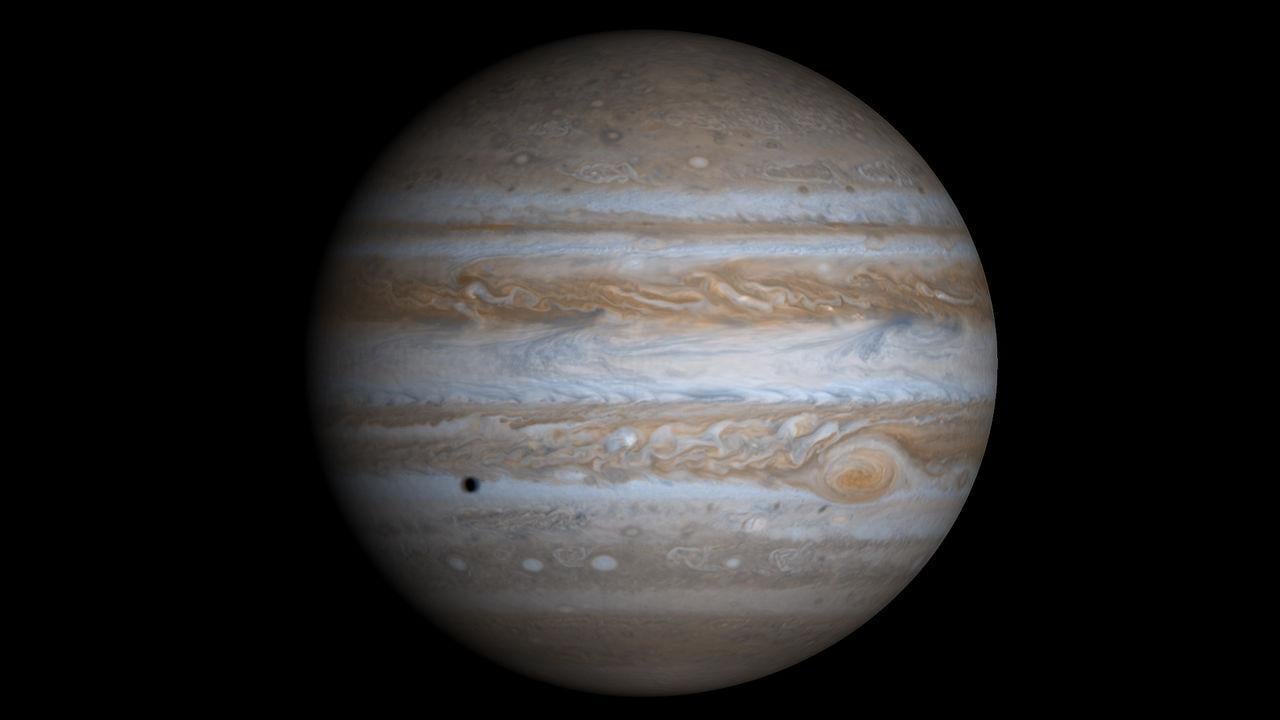
Source: Wikimedia
This intense radiation can corrupt data, cause short circuits, and disrupt electronics, making robust radiation protection essential for the Europa Clipper.
The Role of Shielding and Radiation Vaults
To protect against radiation, spacecraft engineers use shielding and radiation vaults.
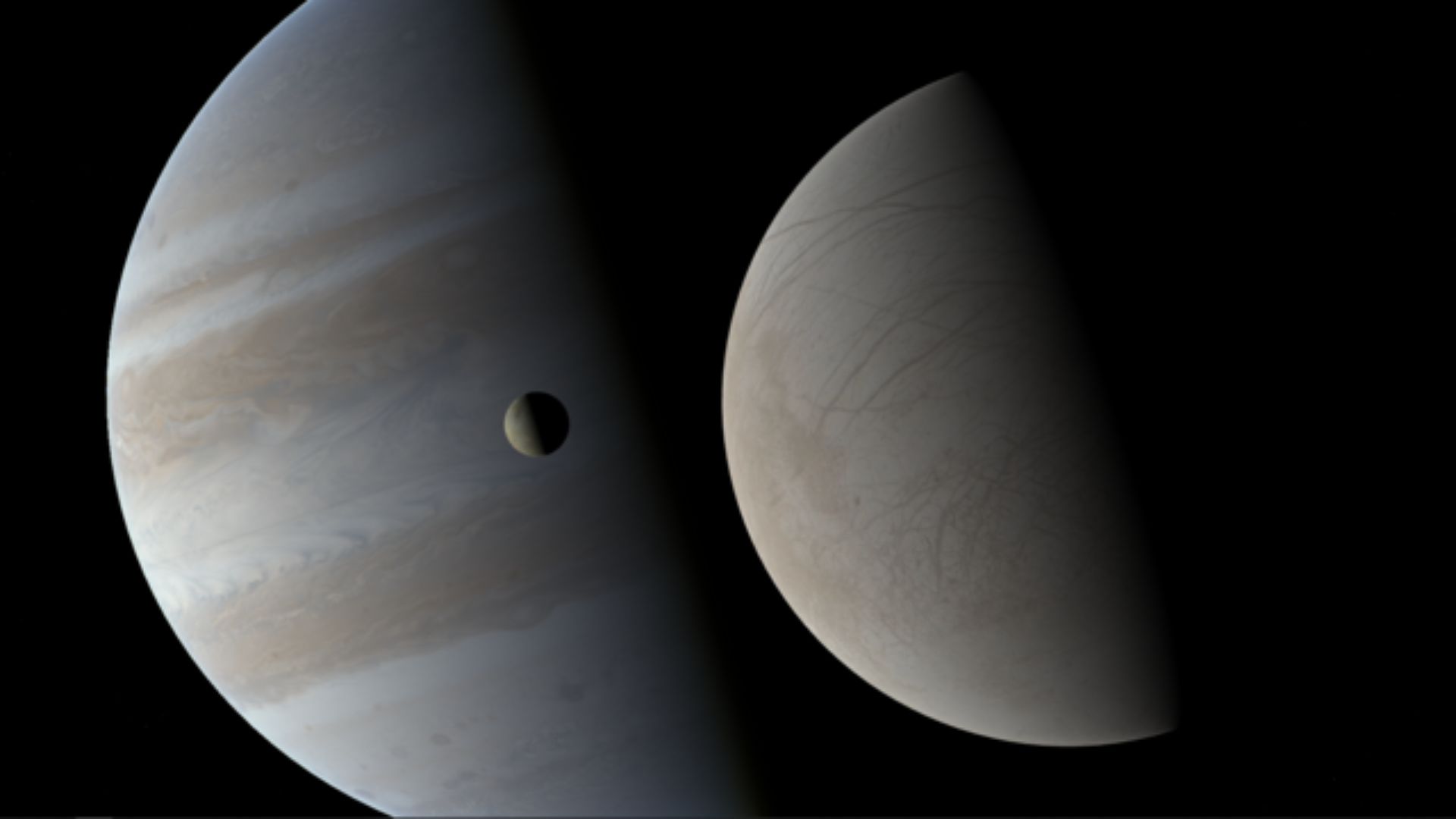
Source: Wikimedia Commons
These measures are designed to safeguard sensitive electronics, but the recent chip failures indicate that additional precautions may be needed.
NASA’s Tiger Team: A Dedicated Response
In response to the crisis, NASA formed a “tiger team” to study the chips.

Source: Wikimedia
This team, collaborating with experts from Goddard Space Flight Center and Johns Hopkins University, is working to model how long the spacecraft could survive if launched as is.
Potential Delays and Impacts on the Mission
The flawed chips could delay the Europa Clipper mission, originally scheduled for launch in October 2024.
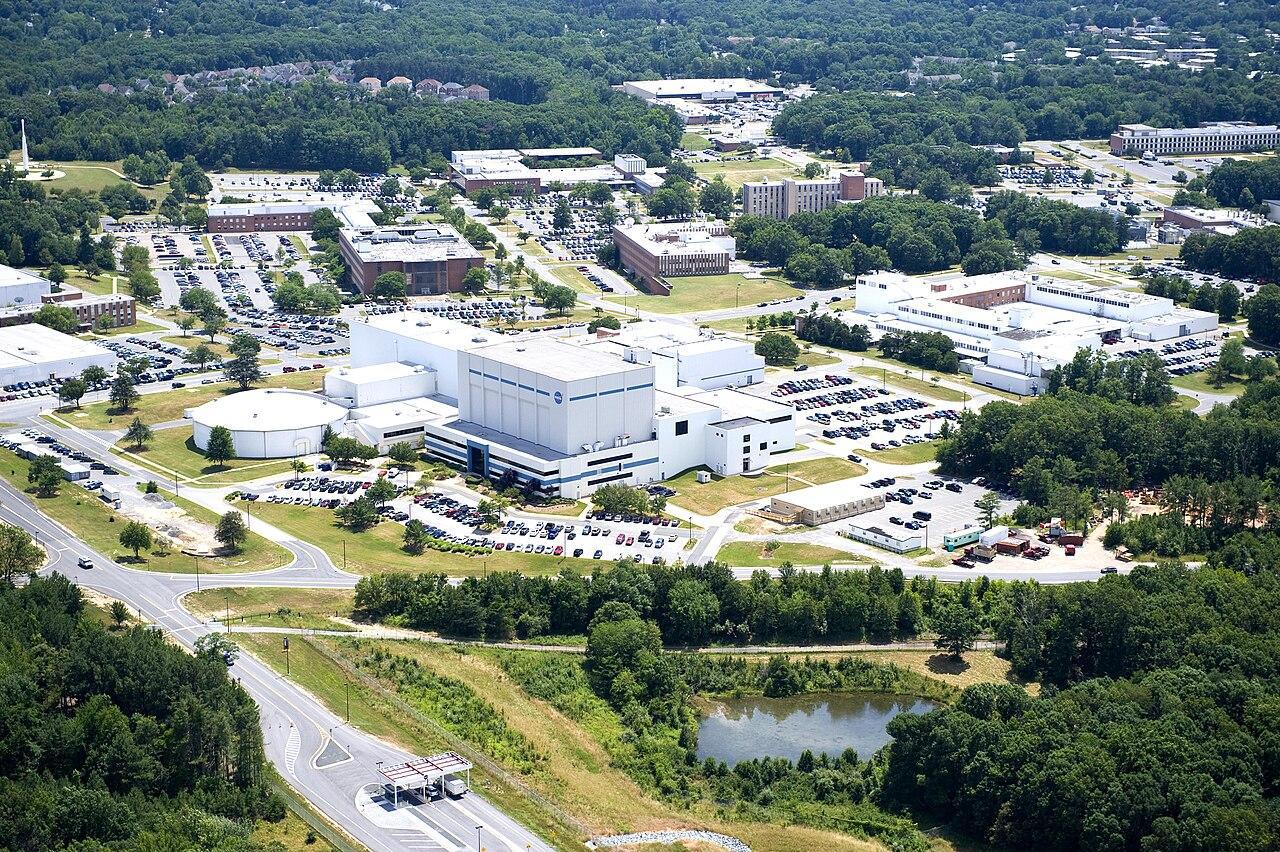
Source: Wikimedia
Delays could compromise the mission’s objective of assessing Europa’s habitability, a key goal for understanding potential extraterrestrial life.
Radiation-Resistant Alternatives: Exploring Solutions
NASA is exploring alternative radiation-resistant components.
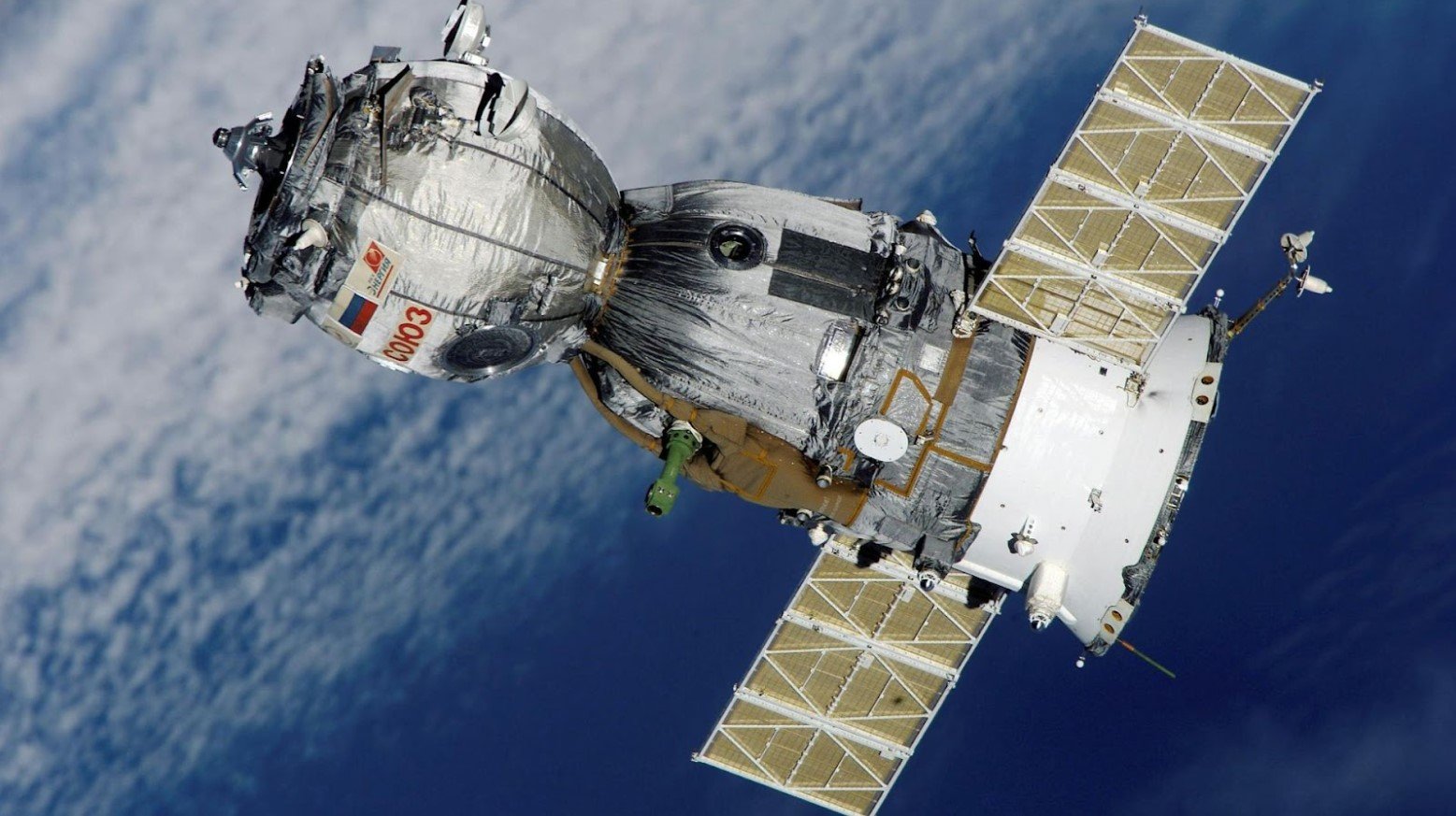
Source: Pixabay/Pexels
Engineers are evaluating whether to replace the faulty MOSFETs or implement additional protective measures to ensure the spacecraft’s longevity and mission success.
Balancing Risks and Rewards in Space Exploration
Space exploration often involves balancing risks and rewards.
Source: Wikimedia
While the radiation threat is significant, the potential scientific discoveries about Europa’s ocean and its capacity to support life make overcoming these challenges imperative.
Experts Weigh In: The Path Forward
“We’ve got time to continue this work while getting ready for launch,” said Jordan Evans, Europa Clipper project manager.

Source: Thomas Bormans/Unsplash
NASA remains optimistic but cautious as engineers work to mitigate the radiation risks.
Looking Ahead: The Future of Europa Clipper
Despite the challenges, the Europa Clipper mission holds great promise.

Source: Wikimedia
As NASA races against time to address the radiation issue, the scientific community eagerly anticipates the groundbreaking discoveries that the mission could unveil about Europa’s potential for life.
